Your Cart is Empty
OFFICE CLOSED 11/28 | Free Shipping over $150 (Excludes Oversized Products)
OFFICE CLOSED 11/28 | Free Shipping over $150 (Excludes Oversized Products)
Sanding Belts
Sanding Discs

What Are The Best Sanding Belts For Knife Making?
by David Kranker 6 min read

Quick Summary
The large variety in abrasive belts in the market can make it difficult to figure out which belts would work best for knife making. Our personal recommendation would be EdgeCore ceramic sanding belts. They provide maximum cut rate, cooler grinding temperatures, and product longevity. You can use the belts again and again to consistently achieve superior results.
For every knifemaker, a flawless and sharp blade is the ultimate goal. To ensure excellent results, you need to choose the best sanding belt for your application.
Doing so can be more challenging than you might think, given the large number of abrasive belts that are available in today’s market. At Red Label Abrasives, we’ve been supporting both professional and hobbyist knifemakers for decades, and have put together this blog to help you select the sanding belts needed for a superior blade.
The Best Abrasive Grain Type For Knife Making
The first step is to identify the best abrasive grain type for knife makers. Factors you’ll want to look at include:
- Friability: Many abrasive grains self-sharpen as they break down. This breakdown rate is known as friability, and there is variation among the grain types.
- Strength: Some grains are stronger than others. For example, aluminum oxide is one of the weaker abrasives while ceramic is the strongest.
- Price: What’s your budget? Aluminum oxide is generally the least expensive while silicon carbide and zirconia are in the moderate price range. You can expect to pay the most for ceramic, which is considered a ‘top-of-the-line’ abrasive.
- Lifespan: Longer-lasting abrasives tend to be more expensive, but their extended working life gives you a fair return on your investment.
Why Ceramic Belts Are The Best Belts For Knife Making
Ceramic is a premium abrasive for a reason. Compared to other types of grains, ceramic abrasives offer the longest life and the fastest cut rate. Their uniform structure results in a more controlled breakdown during use, making them a popular choice for finishing stainless steel, hardened steel, and high carbon steel blades.
At Red Label Abrasives, the most popular belts for knife makers are the EdgeCore premium ceramic sanding belts, which micro-fracture continuously during use to reveal fresh, sharp edges. Our EdgeCore belts are also built with a load and heat reducing stearate layer to minimize heat buildup while grinding. They are the preferred solution for the initial steps of the knife making process, from stock removal and forge scale removal to blade profiling. Available from 24 grit up to 120 grit, they’ll make easy work of your grinding process. In fact, our EdgeCore belts are so popular that we've started selling them in knife making sanding packs. Below are the belt sizes that our knife making packs are available in:
While many makers switch to aluminum oxide for grits finer than 120, we also offer flexible ceramic belts from 180 grit to 400 grit. These are excellent for sharpening, finishing, handle work, and other processes where flexibility is required.
You’re going to get the biggest return on your investment with ceramic belts and our knife makers will be the first to tell you that they’re some of the longest lasting and most effective belts on the market.
Alternative Abrasive Grains
Although ceramic belts deliver a superior cut and longevity, there are two more abrasives commonly used in knife making: zirconium oxide (zirconia) and aluminum oxide.
Zirconium Oxide (Zirconia)
Zirconia is affordable, durable, and fast-cutting, making it a great option for high-pressure grinding and polishing. Due to the high heat resistance of the grains, zirconia belts are often used in knife-sharpening kits and steel fabrication shops. You can use them in practically every phase of knife making, from profiling to beveling, edge formation, and sharpening. Before ceramic abrasive technology existed, zirconia was king, with good reason. If you’re looking for an aggressive abrasive that won’t break the bank, this is it.
Aluminum Oxide
Aluminium oxide is widely used as an abrasive in metal fabrication and knife making, among other applications. This material fragments easily during use, so the cutting surface remains sharp, but also wears down more quickly than ceramic or zirconia. It’s one of the least expensive abrasives, which is a consideration when you’re learning the craft or on a budget.
Aluminum oxide is available in both open and closed coats, but for knife making, closed coat is recommended since it covers 95% of the belt surface and ensures a more uniform sharpness. Open coat A/O is typically best for woodworking applications. Our A/O belts for metalworking are available from 36 grit to 400 grit and we also offer flexible J-weight A/O belts from 60 grit all the way up to 1200 grit. Additionally, we offer a flexible 100% cotton backed J weight A/O from 120 grit to 400 grit that is even softer than our standard J-weight aluminum oxide. It’s definitely a crowd favorite.
Scalloped aluminum oxide belts are a game changer for handle work and tight spots. The scallops make it easy to sand the curves without gouging. We developed these with the help of J. Nielsen, so you know they’re something special. Give them a try; you won’t be disappointed.
What About Grit Size?
You’ll need different grit sizes for each stage of the knife making process. To measure grit, Red Label Abrasives uses the scale provided by the Federation of European Producers of Abrasives (FEPA), in which the grit number is preceded by the letter “P”. The lower the number, the more coarse the grit.
See below.
- Coarser grits (P36 - P150) are used to grind away stock material.
- Fine grits (P180 - P800) may be used to hone or sharpen blades.
- Ultra fine grits (P1000 - P5000) deliver a sleek, smooth finish at the end.
Our knife making sanding belt kits contain an assortment of grit sizes to ensure that you have everything you need to produce a quality knife.
Selecting The Best Belt Backing For Your Application
The abrasive type and grit size you use are key considerations, but they aren’t the only ones. It’s equally important to consider the belt backing, as the wrong type can result in a poor finish and shorter product life.
Flexible Vs. Heavy Backings
Most knife makers use cloth-backed belts for their durability. Like most other backing types, cloth-backed belts can vary in thicknesses or weight. They generally fall into one of two categories: flexible and heavy.
A stiff and heavy duty backing ensures that the abrasive grit is firmly held in place, allowing it to press harder into the workpiece and cut more quickly. Flexible backing, on the other hand, will allow the abrasive to move around more, reducing grinding pressure and increasing conformability with the workpiece.
J-weight belts are the most flexible and work well with most blade and handle profiles. (The 'J' designation comes from the fact that it is similar in weight to jeans.) X and Y, are some of the heaviest cloth backings used for knife making: X weights have a broad range of applications while Y is typically used for heavy-duty work like stock removal and shaping. It is recommended that you have a few of each on hand to cover all phases of your knife making project.
Knife Making Belts From Red Label Abrasives: A Cut Above The Rest
At Red Label Abrasives, we are proud of our reputation as a trusted manufacturer of premium-quality abrasives. Our products are industrial-grade and the most affordable, long-lasting belts on the market. We also create specialty abrasives for specific applications like knife making, so you’re buying a product that has been specially designed for the industry.
As a family-owned company that has been providing customers with professional-quality custom abrasives for over 35 years, customer satisfaction is our priority. If you have questions or concerns, you can always contact us for a prompt and courteous response.
Our Picks For Best Knife Making Belts
EdgeCore Premium Ceramic, our newest and most innovative ceramic material, has a versatility that makes it an excellent choice for knife making. Maximum cut rate, cooler grinding temperatures, and product longevity all characterize this abrasive product, which you can use again and again to consistently achieve superior results.
While EdgeCore is our top pick, we also sell all-inclusive knife making kits with belts ranging in size from 1" X 30" to 2" X 72." You have everything you need for whatever belt grinder you use in a single convenient package.
Questions? Speak With An Abrasive Specialist
At Red Label Abrasives, we provide knife makers with sanding belts that can turn a piece of metal into a beautiful blade. For more information on our abrasives or for help in making the right product selection for your needs, please call 844-824-1956 or fill out our contact form.
Shop Our Knife Making Belts
ABOUT THE AUTHOR
David Kranker is a writer and creative maker who has been covering the abrasive and knife-making industries on the Red Label Abrasives Blog since 2020. David spends his time continually researching sanding and bladesmithing to provide readers with the latest and greatest information. In his free time, David utilizes abrasives for many different home and auto projects at his home in Delton, MI.
Belt Packs Made For Knife Makers
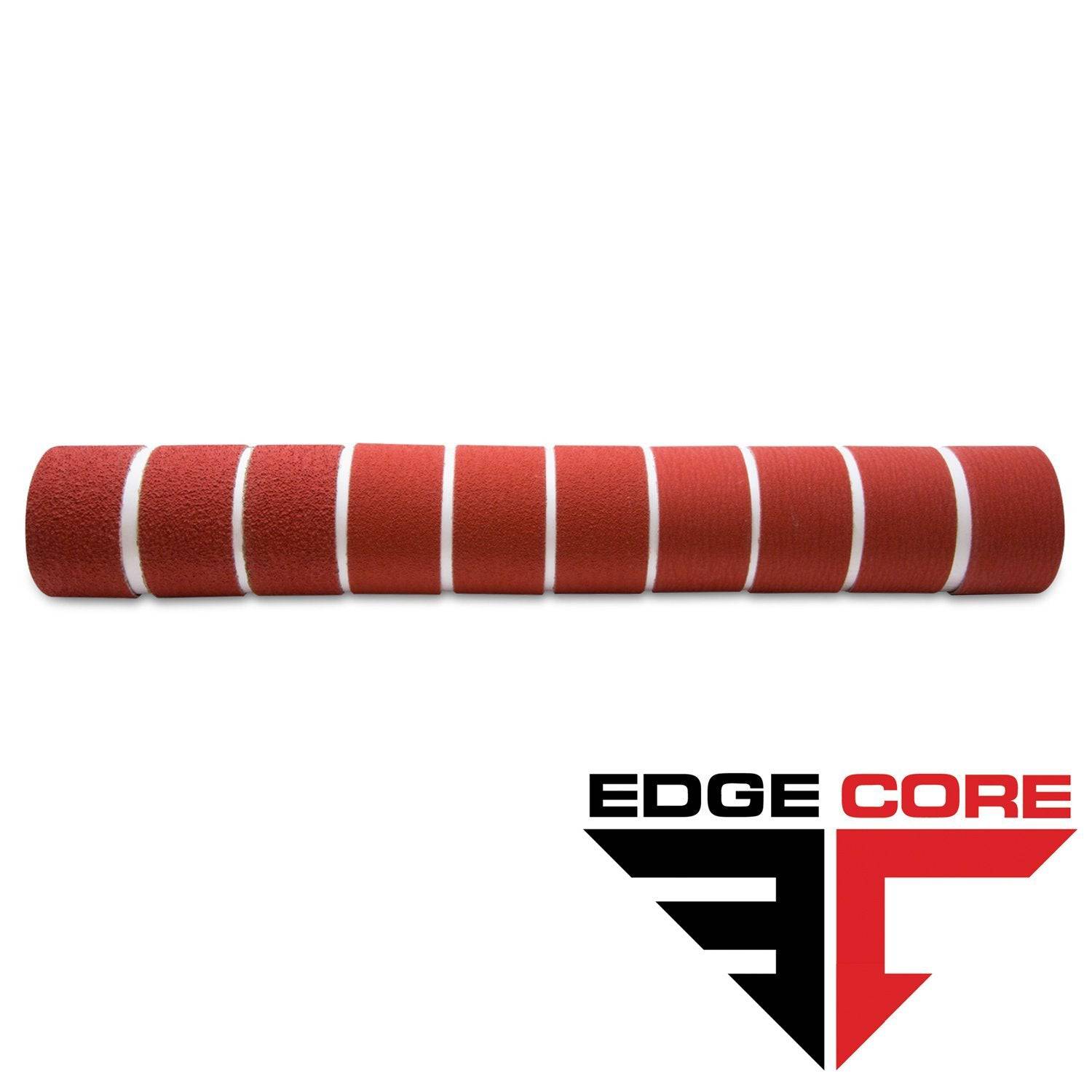
2 X 72 Inch Knife Makers Sanding Belts Assortment
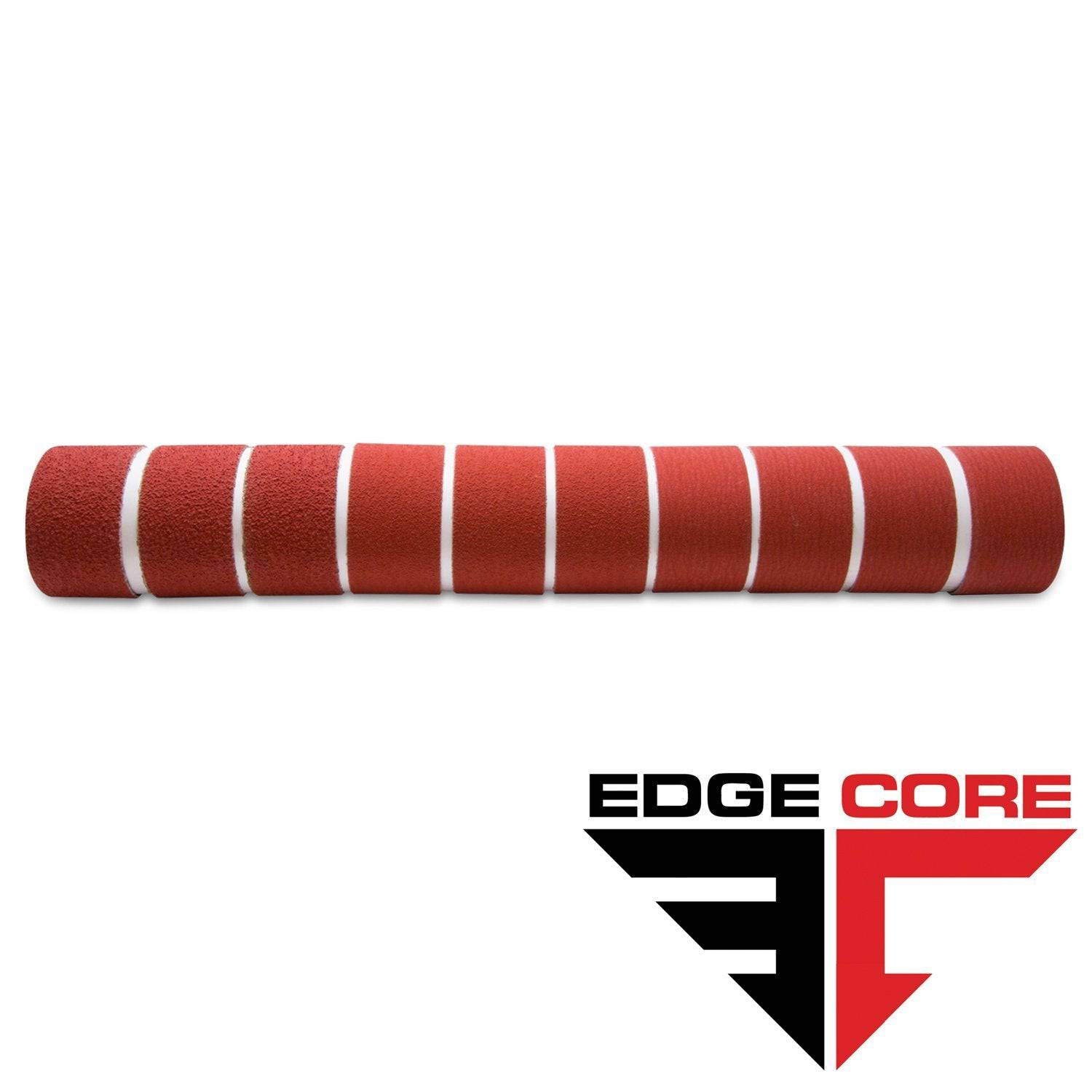
2 X 60 Inch Knife Makers Sanding Belts Assortment
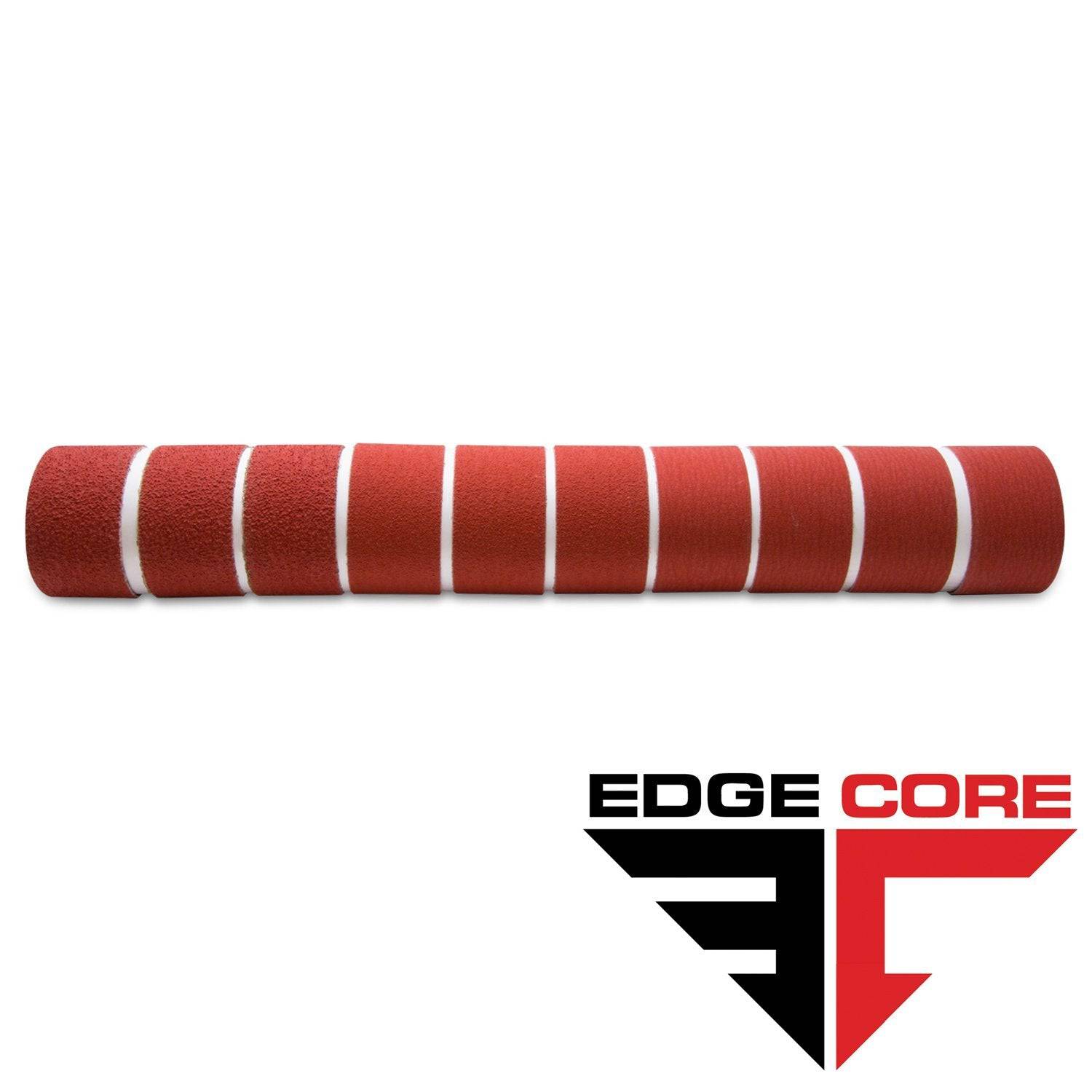
2 X 48 Inch Knife Makers Sanding Belts Assortment
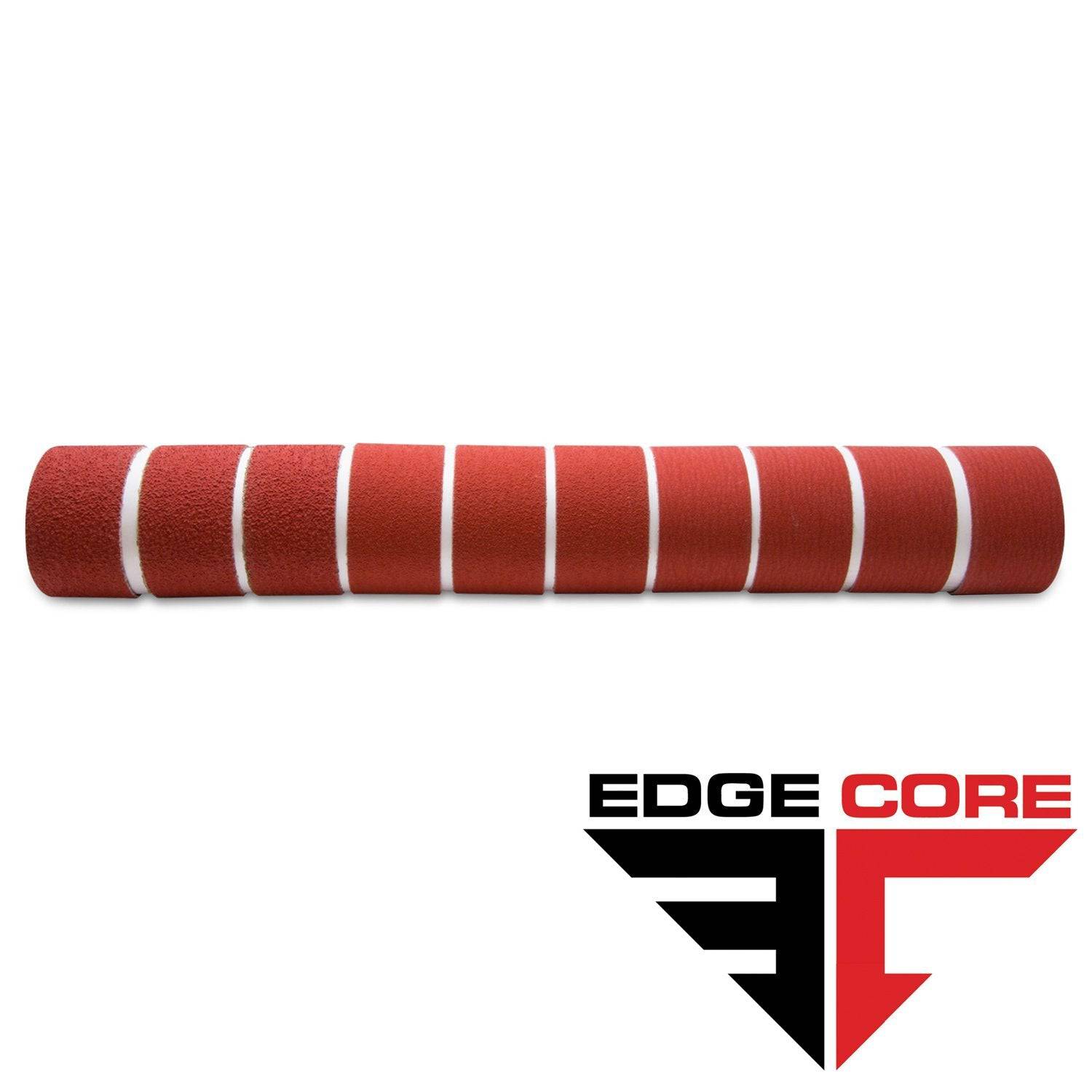
2 X 36 Inch Knife Makers Sanding Belt Assortment
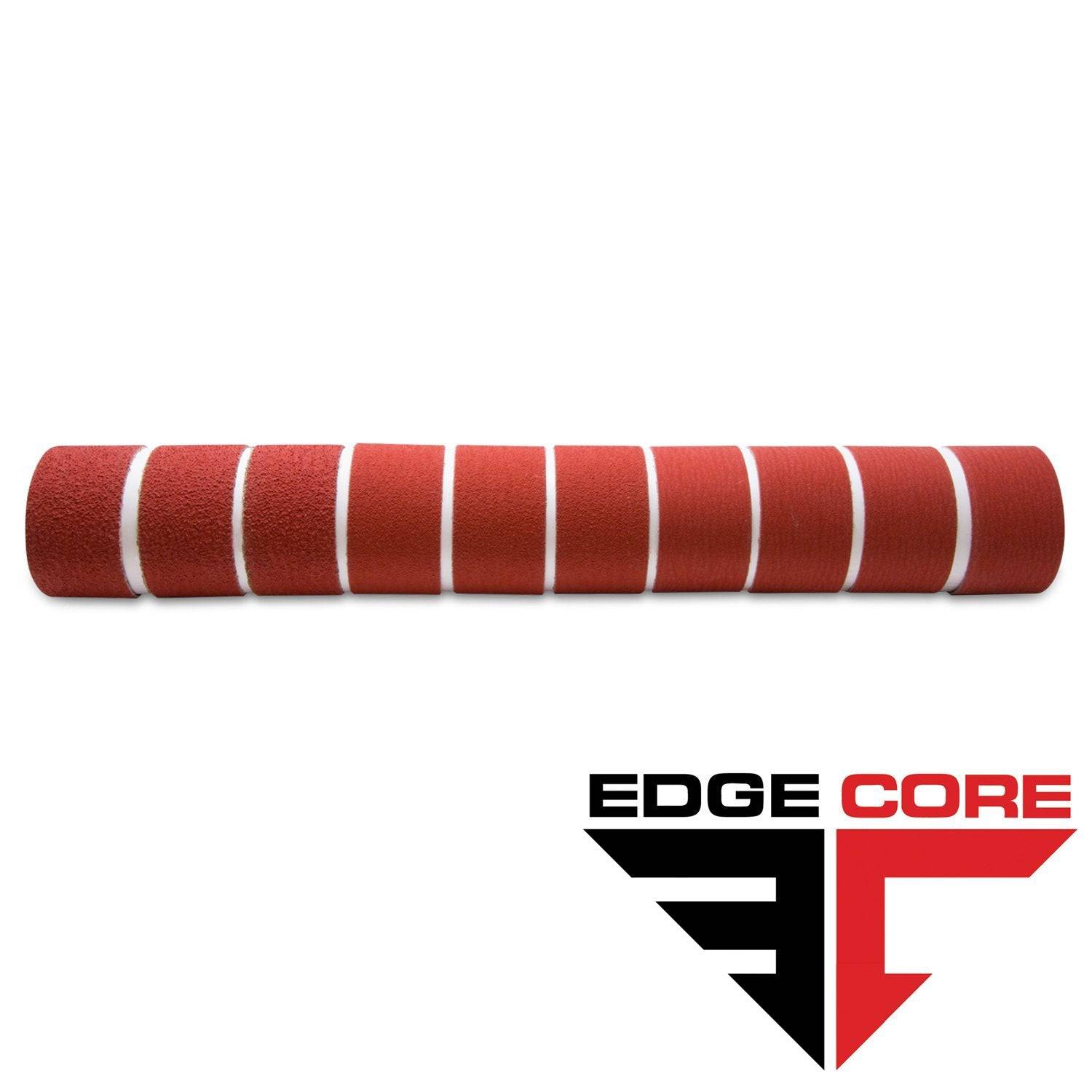
2 X 42 Inch Knife Makers Sanding Belts Assortment
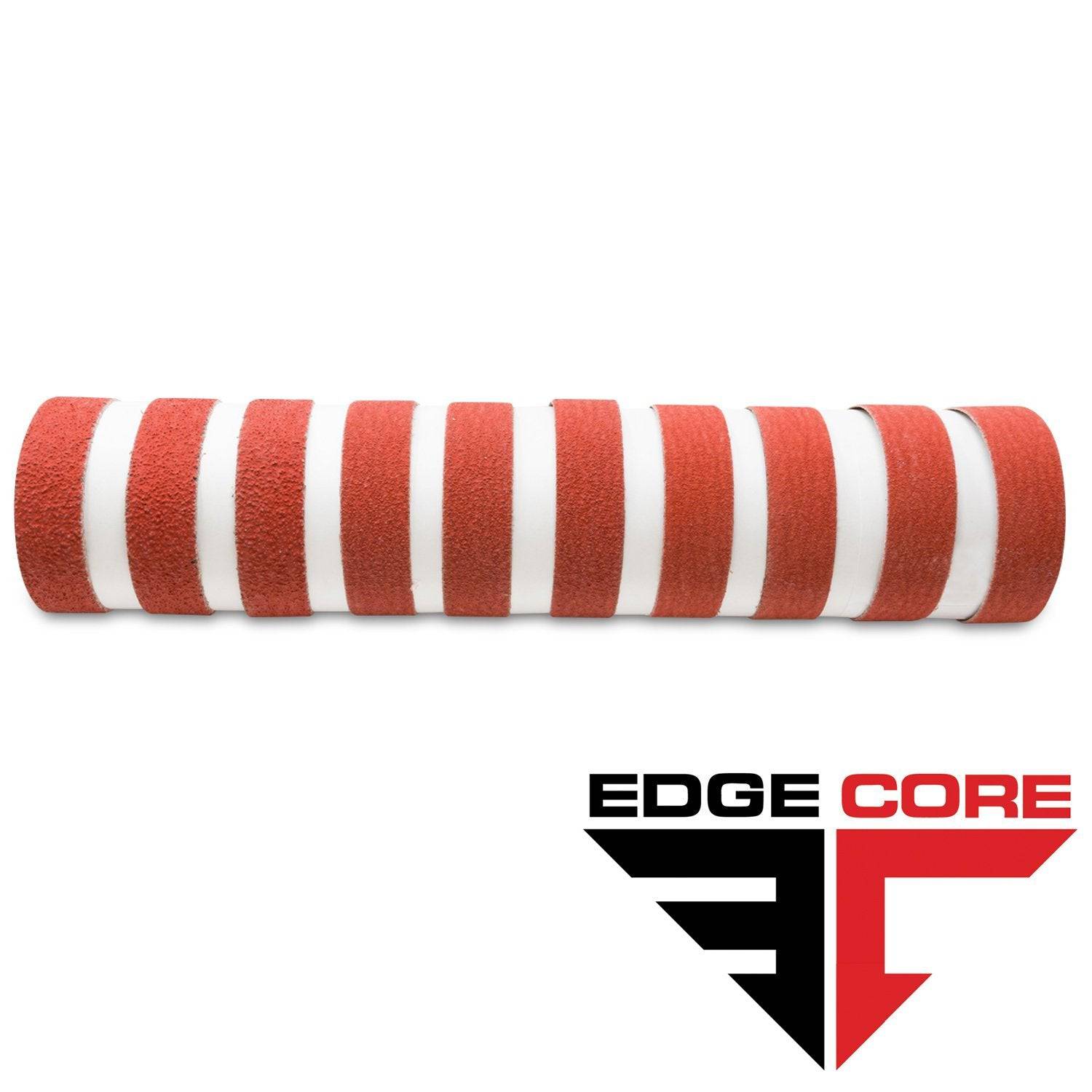
1 X 30 Inch Knife Makers Sanding Belts Assortment
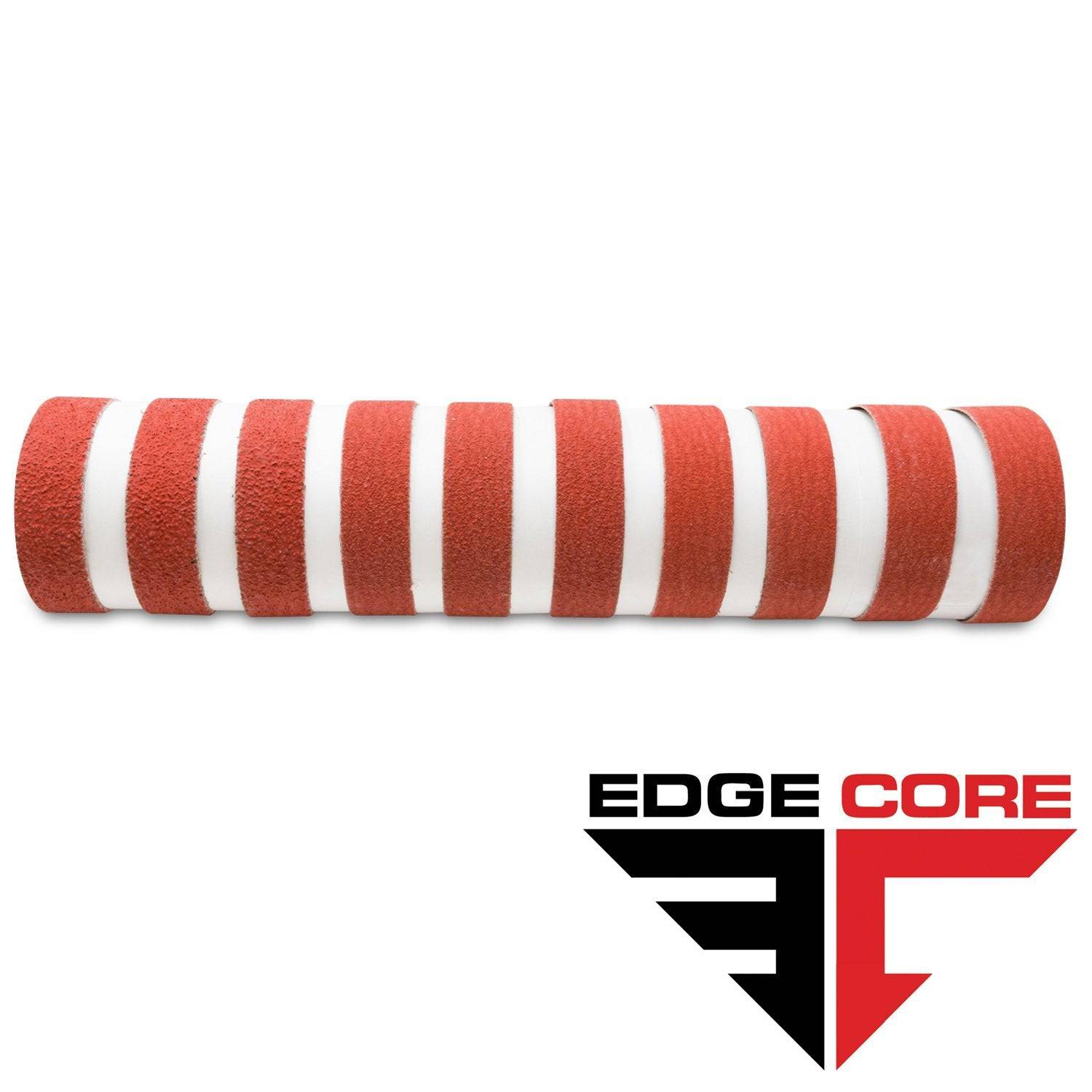
1 x 42 Inch Knife Makers Sanding Belt Assortment
Shop By Product Category





Why Choose Red Label?













